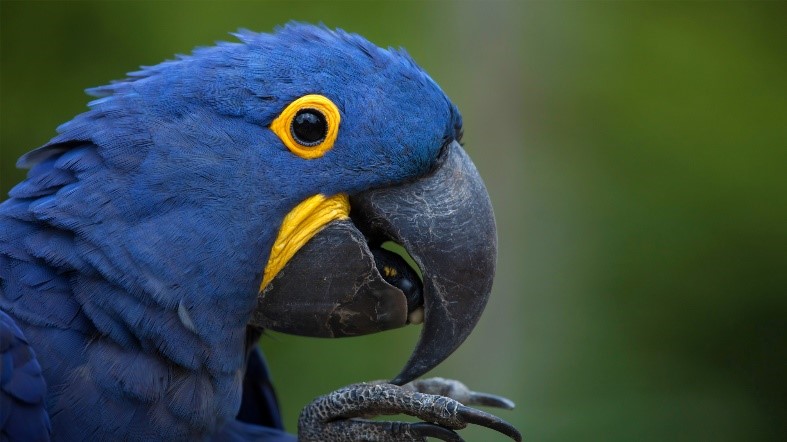7667766266
enquiry@shankarias.in
Ambubachi Festival
Kamakhya Temple
Minimum Support Price
Crops Covered under MSP
UN Arms Trade Treaty
Central Vista Project
Delhi Urban Art Commission
Directorate of Revenue Intelligence (DRI)
WCCB
Macaws

Source: PIB, the Hindu, Economic Times